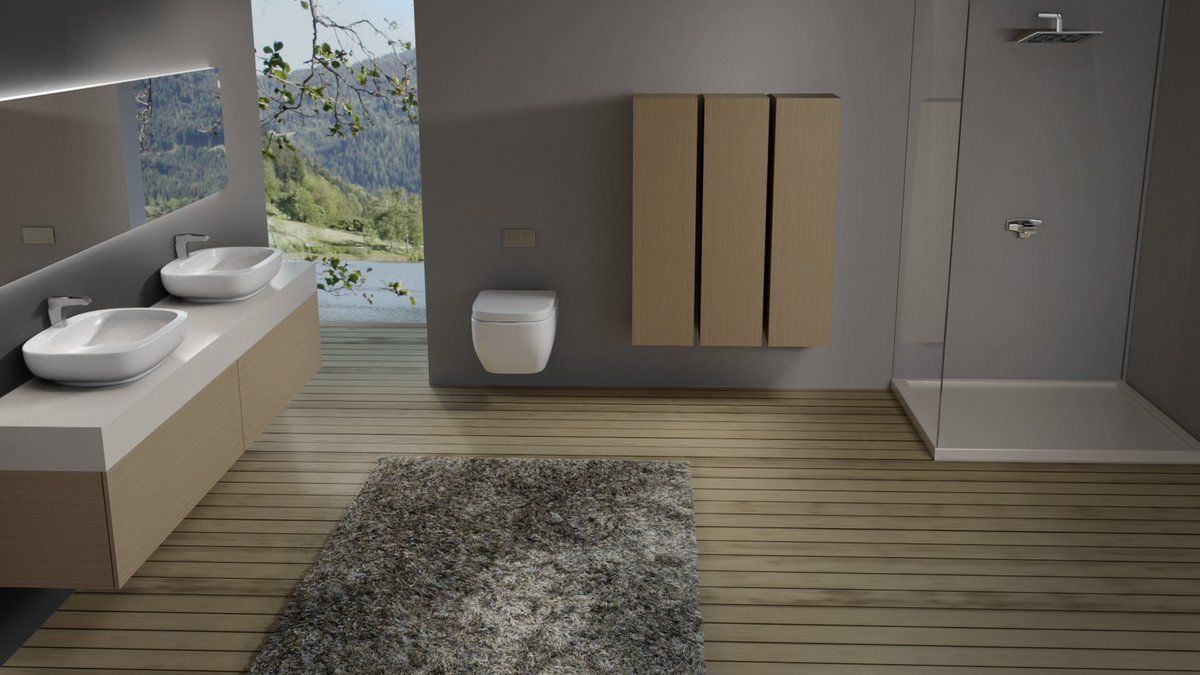Sleep apnea is a common disorder that affects millions of Americans. The most common and effective treatment for sleep apnea is CPAP therapy, which uses a breathing machine to pressurize the air you breathe to keep your airways open. There are three different types of machines you should familiarize yourself with: CPAP, Auto CPAP (or auto PAP), and BiLevel (or BPAP) machines. All three are considered medical devices that require a prescription but they differ in several ways.
How a CPAP Machine Works
The most basic breathing machine or flow generator is the CPAP machine and it’s the type that is most frequently prescribed. This type of device is a Continuous Positive Airway Pressure device that creates a constant flow of air for you to inhale and exhale. This continuous air flow is delivered through a hose and mask. The air pressure creates a pneumatic splint in the airway to keep your airway open and prevents the throat muscles from collapsing while reducing obstruction from the tongue.
When using a CPAP machine, you will notice the continuous air pressure when you exhale. This pressure will never change even if your breathing does change throughout the night. Many manufacturers do offer unique features to help you overcome the challenge and sensation of exhaling against the back pressure of the machine by reducing pressure when you exhale.
Adjusting to a CPAP machine can take a few weeks. The constant air pressure can make it feel like you need to force your breath out but most people adjust to the sensation. When patients don’t respond well to a CPAP machine, a BiLevel machine or Auto PAP machine may be prescribed next.
How an Auto PAP Machine Works
While you sleep, your pressure needs will change throughout the night. Changing to a different sleep position, colds, allergies, and respiratory problems can all cause breathing changes. An auto PAP is designed to recognize these changes and adjust accordingly.
An Auto PAP machine, also known as an Auto CPAP or APAP device delivers constant positive airway pressure like a regular CPAP but with automatic titrating, or measuring and adjusting of the pressure. Unlike a CPAP, which delivers a continuous pressure, an Auto PAP machine has a high and low pressure range for varying inhalation needs. An Auto PAP machine can detect exactly how much inhalation pressure you require every time you breathe. The machine will automatically adjust the pressure between the high and low settings to synchronize with your breathing needs and improve your comfort level. Some machines today can also operate in CPAP or APAP mode depending on your needs and comfort.
How a BiLevel Machine Works
A BiLevel machine is the most complicated type of CPAP machine as it delivers two different pressures: one for exhalation and one for inhalation. Because exhaling with a constant pressure can be difficult when adjusting to a CPAP machine, a BiLevel machine tends to work best for people who need a higher range of inhalation pressure. Also known as a BiPAP machine, the device has sensors that can detect an increase in airflow as you breathe and immediately add to the inhaled airflow to increase volume and keep the airway open. As you exhale, sensors will indicate that airflow has stopped. The air pressure applied to the airway will be reduced to make breathing more comfortable.
A BiLevel machine works in a similar way as a ventilator. It can deliver a much higher level of pressure than a CPAP or APAP machine. While it can be used to treat central sleep apnea, it is also used to treat patients with Parkinson’s, ALS, COPD, and other disorders that require breathing assistance. It can be useful in treating pulmonary diseases because the pressure differences help eliminate excess carbon dioxide from the body.
Valley Sleep Therapy CPAP Machines and Sleep Apnea Treatments provides CPAP machines and CPAP accessories to help people who suffer with sleep apnea.
Also Read:








This article is one of the best articles I have ever read.
Congratulations to the author, I distributed the article to my friends. I want to be helpful and share how I got rid of sleep problems, maybe help someone.
Good Luck!
CPAP, APAP, And BPAP: What’s The Difference? are very good and informative.